
5 minute read
KNRM in Zeeland
SEARCH AND RESCUE EXERCISE ON THE WESTERN SCHELDT, IN COOPERATION WITH THE COAST GUARD.
Photo courtesy of KNRM / Mario Rentmeester
Helping sailors in distress KNRM in Zeeland
The Royal Netherlands Sea Rescue Institution (Koninklijke Nederlandse Redding Maatschappij, or KNRM) has been helping people in distress at sea – and on other larger bodies of water throughout the Netherlands – for nearly 200 years.
With a history of over 60,000 rescue operations, 2019 marked KNRM’s 195 year anniversary. The association’s story starts shortly after a particularly fatal day in October 1824, when no less than 17 ships stranded on the Dutch coast within 24 hours. Outraged by the lack of rescue supplies and volunteers, businessmen and dignitaries in Amsterdam and Rotterdam took to action raising funds to establish an organised rescue association. The ‘Noord- en Zuid-Hollandsche Redding Maatschappij (North and South Holland Rescue Institution)’ was founded in Amsterdam, followed nine days later by the ‘Zuid-Hollandsche Maatschappij tot Redding van Schipbreukelingen’ (South Holland Institution for the Rescue of Shipwrecked) in Rotterdam. Both associations were established to provide assistance to anyone in need at sea, free of charge. The two associations merged into the current KNRM in 1991, and the foundation’s mission remains the same. It voluntarily helps those in need at sea. To do so, the KNRM relies solely on donations, just as it did in 1824.
In those first years after their founding, the foundations’ rescue boats only sailed out several times a year. In 2019, KNRM volunteers sailed out to assist people in need 2,458 times in 2019, rescuing or helping 4,258 people. The organisation now works from 45 rescue stations nationwide, aided by 1,300 volunteers and 80 rescue boats.
KNRM Zeeland The KNRM rescue stations are operational 24 hours a day, 365 days a year, under all (weather) circumstances. There are six rescue stations in Zeeland; in Breskens, Cadzand, Hansweert, Neeltje Jans, Veere, and Westkapelle. And although the KNRM is mainly known for its North Sea rescue operations, it is also active on the Western Scheldt, Eastern Scheldt and Veerse Meer. Each location deals with its own set of challenges. The Western Scheldt’s biggest danger lies in the sheer amount of constant ship movements. The Eastern Scheldt is notorious for its treacherous currents and shallows, and very busy with leisure crafts, divers and swimmers during summer. The Veerse Meer also gets crowded in summer, as recreational boats,
Photo courtesy of KNRM
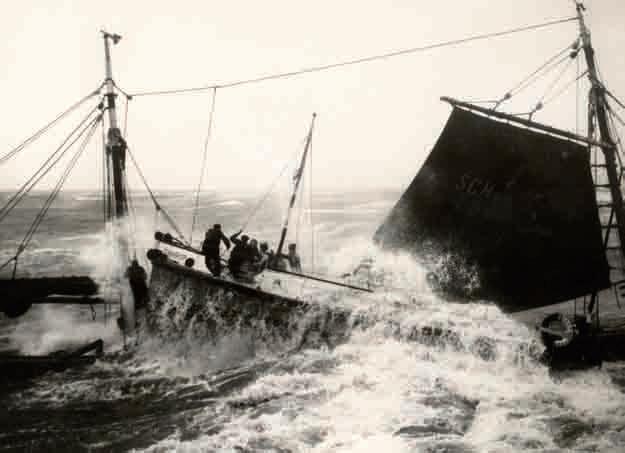
HISTORICAL PHOTO OF A RESCUE OPERATION BY THE KNRM NEAR SCHEVENINGEN IN 1938.
surfers, divers and swimmers join river cruise vessels, ferries, and inland shipping vessels on the water, which has shallows and islands to manoeuvre around. In recent years, the Zeeland division of the KNRM has seen an increase in annual rescue operations. In 2019, their rescue boats were deployed 315 times, whereas they jumped into action 295 times the year before. KNRM Zeeland also actively takes part in maritime events in the province, such as the Zeeuwse Havendagen, the opening ceremony of the ‘Oosterscheldekreeftseizoen’ (lobster fishing season on the Eastern Scheldt), and the nationwide organised Rescue Boat Day.
Radio Medical Service The association has noticed a significant increase in the amount of incidents concerning inland and merchant shipping vessels in recent years. When inland shipping vessels called for help, it was commonly due to a fire on board, a stranding or sinking. With merchant shipping vessels, most rescue operations involved medical evacuations, executed in cooperation with the KNRM Radio Medical Service (Radio Medische Dienst, or RMD). Sailors faced with a medical emergency can call the RMD, a radio service by the KNRM that offers remote medical assistance to ships worldwide. The doctors that work for this unique service are on call 24 hours a day for medical emergencies on ships anywhere in the world. They carry out their work for the KNRM RMD in addition to their regular medical practice. In 2019, the Radio Medical Service provided remote medical assistance to sailors 715 times. In 66 of these incidents, evacuating the patient with a rescue boat was imperative. In 40 cases, the local coast guard deployed a helicopter.
100,000 individual donors The KNRM is committed to the prevention of emergencies by raising awareness, sharing knowledge, providing training, and supervising. Over the course of time, the KNRM has broadened its work field to include remote medical assistance via radio, medical evacuations, lifeguard service, and coastal and maritime assistance. It is remarkable that a foundation that relies entirely on donations has managed to sustain a professional network of rescue stations, boats, and crew for nearly two centuries. In 2019, the KNRM even reported that for the first time in its existence, it received donations from over 100,000 individual donors. The organisation credits receiving so many individual gifts to its voluntary profile and the remarkable work that its rescuers carry out.
I. KNRM.NL
Volunteering KNRM rescue stations in Zeeland are always looking for volunteers. New crew members start as Junior Coxswain, combining education and training with weekly practical exercises – and, of course, responding to emergency calls. KNRM puts a lot of time and effort into crew training. During their first years, Junior Coxswains obtain their sailing and maritime radio communication licenses, and follow marine radar training, first aid and resuscitation training, firefighting courses and helicopter underwater escape training. The first three years are concluded by a week of SAR craft operations in Stonehaven, Scotland. Upon completion of this final course, volunteers become Coxswains. The KNRM website provides information about the various volunteering opportunities for anyone interested.
KNRM RESCUE BOAT ON THE VEERSE MEER IN ZEELAND.

Photo courtesy of KNRM rescue station Veere.
Your partner for customised cargo operations
Bulk Terminal Zeeland
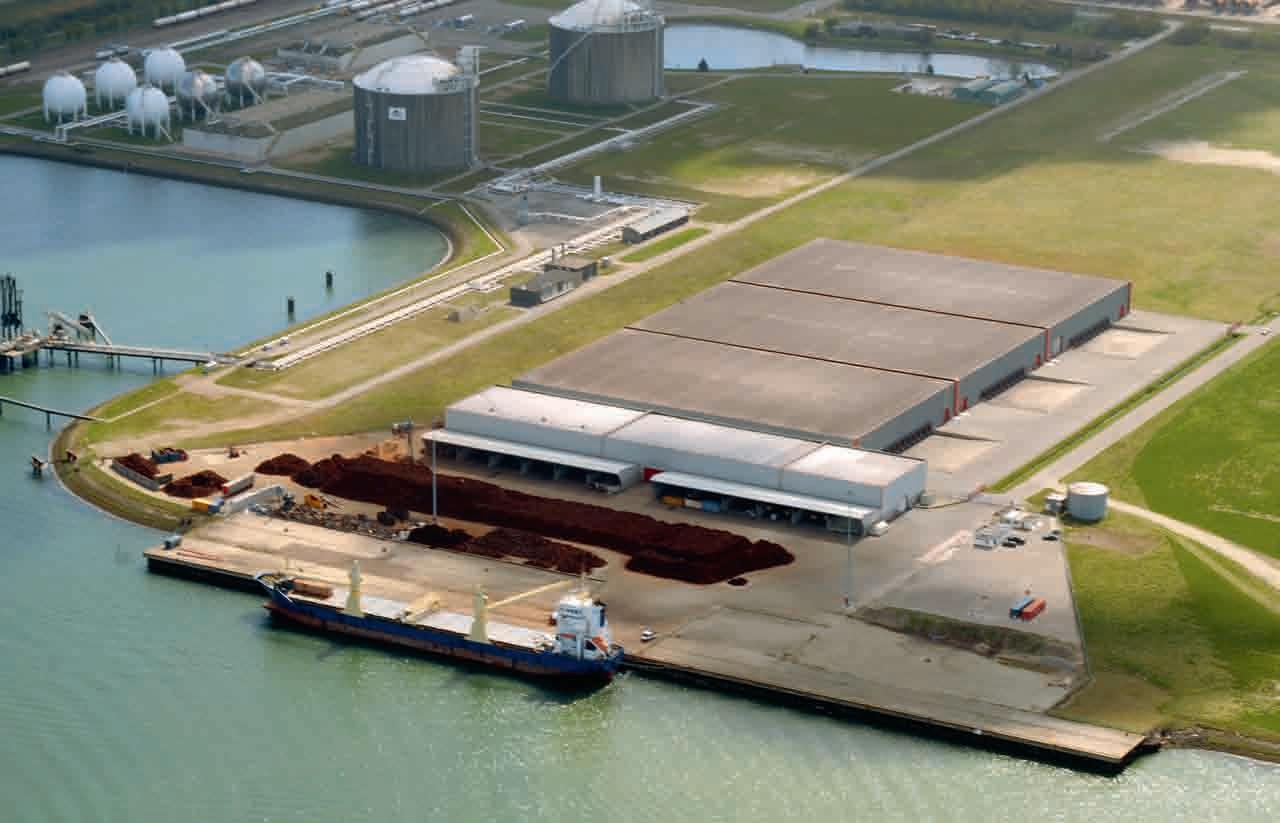
Rotterdam
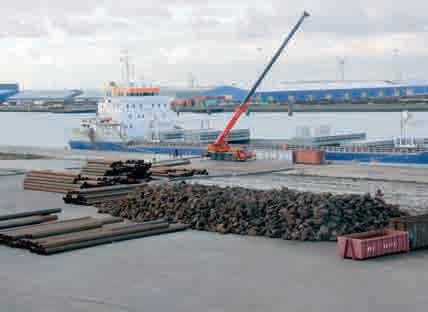
Antwerp
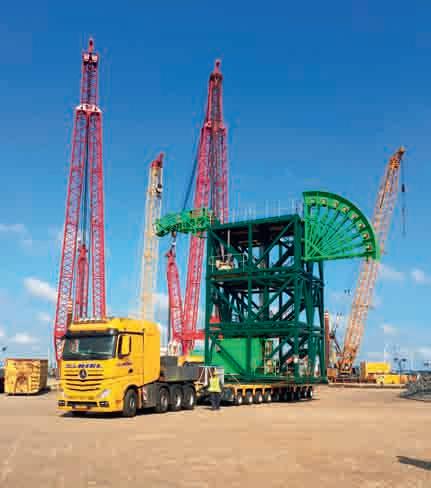
www.btzeeland.nl
Why Bulk Terminal Zeeland? • Dedicated terminal for the handling and storage of – Breakbulk – Project cargo – Bulk cargo • 35,000m 2 warehouse storage • 75,000m 2 open storage • 225m quay • 11.5m of draught • One hour sailing time from the North Sea; no locks • Excellent multimodal and congestion free hinterland connections • Complete customs clearance documentation service
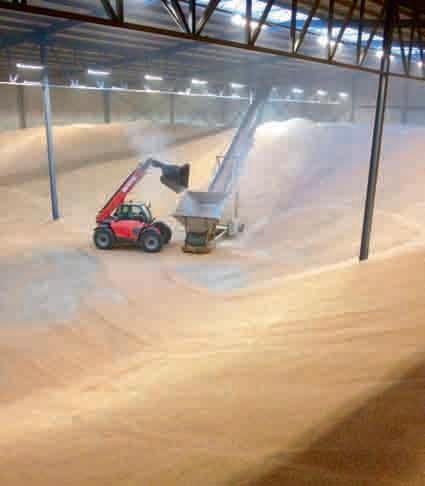
• 24/7 service and ISPS security • Fully equipped for cleaning and repairs • Customised processing, crushing, cleaning and repacking
Want to know more? We are available 24 hours per day, seven days per week. T +31 (0)118 479 428 E info@btzeeland.nl
Bulk Terminal Zeeland B.V. Visiting address: San Marinoweg 10 4389 PS Ritthem (Vlissingen-Oost) The Netherlands Correspondence to: Bulk Terminal Zeeland B.V. P.O. Box 26, 4328 ZG Burgh-Haamstede The Netherlands










